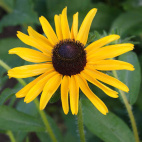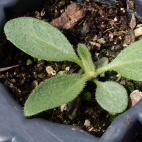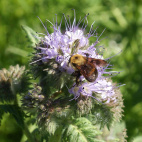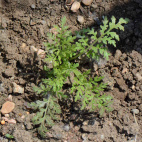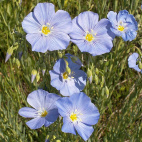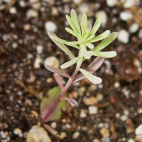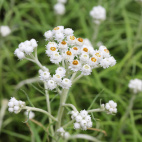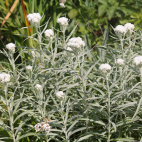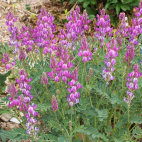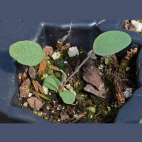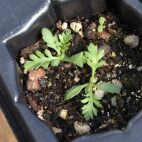Color
Availability
USDA Zone
Region
Type
Duration
Season
Germination
Soil
Sunlight
Height
Use
Narrow Your Search
Color
Availability
USDA Zone
Region
Type
Duration
Season
Germination
Soil
Sunlight
Height
Use
Wildflower Seeds - Mountain Region
The Mountain Region is a diverse area of the Western US that includes the Rockies, Olympics, Sierras, and a host of other mountain ranges. These areas are higher in elevation than the surrounding areas, and so face more extremes in temperature as well as moisture. Generally, the western sides of the mountains are greener than the eastern sides because most of the weather patterns move from west to east. Since the area described here is so vast and variable, you may have to experiment a bit to see exactly what will grow in your micro climate. We cannot tell you exactly what mountain wildflower seeds will grow in your garden because it depends so much on your exact location - a garden a few miles from you may have a totally different climate, rainfall, soils, and daylight. The best thing is to experiment and buy wildflower seeds online, or ask local gardeners or greenhouses if you want localized gardening information.
-
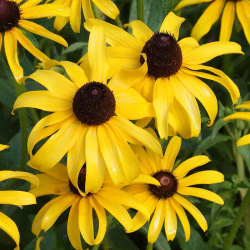 Black Eyed Susan Seeds
Rudbeckia hirta
Black-eyed Susan is probably the most popular wildflower for summer gardens. This biennial is so easy to grow, and produces a lot of showy yellow blooms that are liked by butterflies - so why not have it in the garden?Quick View$2.98 Pkt - $7.09 / Oz
Black Eyed Susan Seeds
Rudbeckia hirta
Black-eyed Susan is probably the most popular wildflower for summer gardens. This biennial is so easy to grow, and produces a lot of showy yellow blooms that are liked by butterflies - so why not have it in the garden?Quick View$2.98 Pkt - $7.09 / Oz -
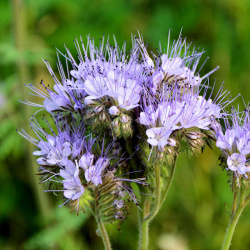 Lacy Phacelia Seeds
Phacelia tanacetifolia
This annual is a popular honey plant and creates an unforgettable lavender carpet that is always buzzing. The resilient desert native flourishes in lots of sunlight, and can handle heat and drought. It also is effortless to grow and produces a lot of seeds that can sprout the following year.Quick Viewx
Lacy Phacelia Seeds
Phacelia tanacetifolia
This annual is a popular honey plant and creates an unforgettable lavender carpet that is always buzzing. The resilient desert native flourishes in lots of sunlight, and can handle heat and drought. It also is effortless to grow and produces a lot of seeds that can sprout the following year.Quick ViewxLacy Phacelia Seeds
Phacelia tanacetifolia
This annual is a popular honey plant and creates an unforgettable lavender carpet that is always buzzing. The resilient desert native flourishes in lots of sunlight, and can handle heat and drought. It also is effortless to grow and produces a lot of seeds that can sprout the following year.
$3.48 Pkt - $5.96 / Oz -
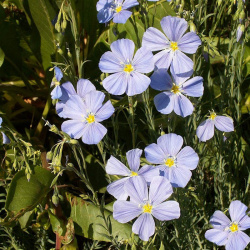 Lewis Flax Seeds
Linum lewisii
This western native grows in lovely, pale blue profusion, and is named after the Lewis and Clark expedition. It is similar to Blue Flax but is a little shorter, and not quite as vivid. Some gardeners like to mix the two varieties to create a bit more texture in the planting. This perennial is very easy to grow and looks great when planted en masse.Quick Viewx
Lewis Flax Seeds
Linum lewisii
This western native grows in lovely, pale blue profusion, and is named after the Lewis and Clark expedition. It is similar to Blue Flax but is a little shorter, and not quite as vivid. Some gardeners like to mix the two varieties to create a bit more texture in the planting. This perennial is very easy to grow and looks great when planted en masse.Quick ViewxLewis Flax Seeds
Linum lewisii
This western native grows in lovely, pale blue profusion, and is named after the Lewis and Clark expedition. It is similar to Blue Flax but is a little shorter, and not quite as vivid. Some gardeners like to mix the two varieties to create a bit more texture in the planting. This perennial is very easy to grow and looks great when planted en masse.
$3.48 Pkt - $12.65 / Oz -
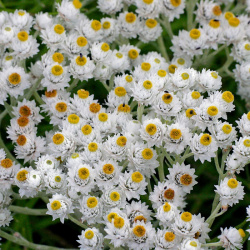 Out Of Stock
Pearly Everlasting Seeds
Anaphalis margaritacea
Often used in traditional dried flower arrangements, pearly everlasting keeps its texture and whiteness for years after it is cut. The attractive plant is also a favorite for butterflies.Quick View$3.96 Pkt - $400.00 / Oz
Out Of Stock
Pearly Everlasting Seeds
Anaphalis margaritacea
Often used in traditional dried flower arrangements, pearly everlasting keeps its texture and whiteness for years after it is cut. The attractive plant is also a favorite for butterflies.Quick View$3.96 Pkt - $400.00 / Oz -
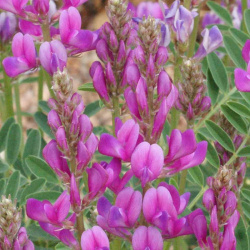 Utah Sweetvetch Seeds
Hedysarum boreale
These showy, deep pink clusters bloom above lush leguminous leaves. This native semi-desert Hedysarum Boreale plant makes a great addition to a perennial bed, especially in areas with a lot of heat and drought.Quick View$3.48 Pkt - $18.77 / Oz
Utah Sweetvetch Seeds
Hedysarum boreale
These showy, deep pink clusters bloom above lush leguminous leaves. This native semi-desert Hedysarum Boreale plant makes a great addition to a perennial bed, especially in areas with a lot of heat and drought.Quick View$3.48 Pkt - $18.77 / Oz -
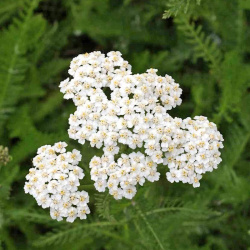 Western Yarrow Seeds
Achillea millefolium occidentalis
Growing clusters of small white flowers and feathery foliage, this is one of the most common wildflowers in the western United States. Yarrow makes an excellent pollen source in arid conditions.Quick View$2.98 Pkt - $9.54 / Oz
Western Yarrow Seeds
Achillea millefolium occidentalis
Growing clusters of small white flowers and feathery foliage, this is one of the most common wildflowers in the western United States. Yarrow makes an excellent pollen source in arid conditions.Quick View$2.98 Pkt - $9.54 / Oz
The Mountain Region is a diverse area of the Western US that includes the Rockies, Olympics, Sierras, and a host of other mountain ranges. These areas are higher in elevation than the surrounding areas, and so face more extremes in temperature as well as moisture. Generally, the western sides of the mountains are greener than the eastern sides because most of the weather patterns move from west to east. Since the area described here is so vast and variable, you may have to experiment a bit to see exactly what will grow in your micro climate. We cannot tell you exactly what mountain wildflower seeds will grow in your garden because it depends so much on your exact location - a garden a few miles from you may have a totally different climate, rainfall, soils, and daylight. The best thing is to experiment and buy wildflower seeds online, or ask local gardeners or greenhouses if you want localized gardening information.






